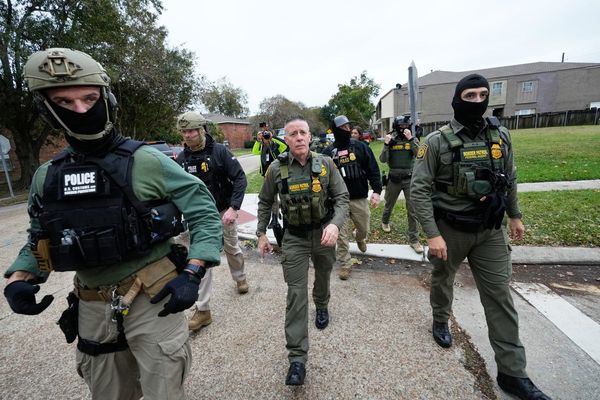Norfolk Southern Corp. plans to add hundreds of track-side heat detectors in an effort to improve safety following a derailment that spilled toxic chemicals last month in Ohio.
The move is part of a six-point plan announced Monday that also includes exploring newer types of sensors, accelerating the use of digital train inspections and considering acoustic detectors that may help uncover axle problems. The initiative is based on the preliminary findings in the National Transportation Safety Board’s investigation of the Feb. 3 crash, Norfolk Southern said in a statement.
The railroad is under pressure from regulators, politicians and the broader public to bolster its operations after the crash, which released chemicals and prompted an evacuation of the rural community. The incident has become a talking point on Capitol Hill, with Chief Executive Officer Alan Shaw set to be questioned this week by a U.S. Senate committee. President Joe Biden has also said he would visit the site in East Palestine.
The scrutiny will likely increase after Norfolk Southern suffered another derailment over the weekend in Ohio. The incident, which happened about 180 miles west of East Palestine, didn’t involve hazardous materials and resulted in no reported injuries. But it has sparked a larger debate over train safety and criticism across the political spectrum, from Senate Majority Leader Chuck Schumer to former President Donald Trump, who visited the site last month.
While U.S. train derailments are down from two decades ago, there were still 1,093 last year, or about three per day.
Sen. Sherrod Brown, an Ohio Democrat, called the latest incidents “unacceptable” and accused the company of putting profit before safety. Brown and J.D. Vance, Ohio’s Republican senator, are sponsors of a rail-safety bill that would require more disclosure of hazardous materials traversing states, inspections of wheel bearings and mandate minimum crew sizes.
Democrats on the House Oversight Committee on Monday separately asked the railroad to produce documents related to its sensors as well as scheduling practices, workforce reductions and executive communications with federal officials after the early February crash, among other issues.
Norfolk Southern stock was down 7.3% this year through last week’s close, well behind the 5.3% gain in the S&P 500 Index.
Track-side heat sensors have come under scrutiny from some critics who point out that they were unable to prevent scores of component failures in recent years. The devices were functioning properly prior to Norfolk Southern’s derailment last month, but due to the distance between the sensors, an alarm didn’t sound until a wheel bearing had spiked to 253 degrees above the ambient temperature, investigators found.
The company said Monday that it’s evaluating the distance between hot-bearing detectors, which averages about 14 miles on its main network, and will add more where necessary. Norfolk Southern said it expects to install about 200 more, beginning with the western approach to East Palestine.
It didn’t disclose a cost estimate for the new sensors or any of the other measures it pledged.
“Meaningful safety improvements require a comprehensive industry effort that brings together railcar and tank car manufacturers, railcar owners and lessors, and the railroad companies,” Shaw said in the statement.







